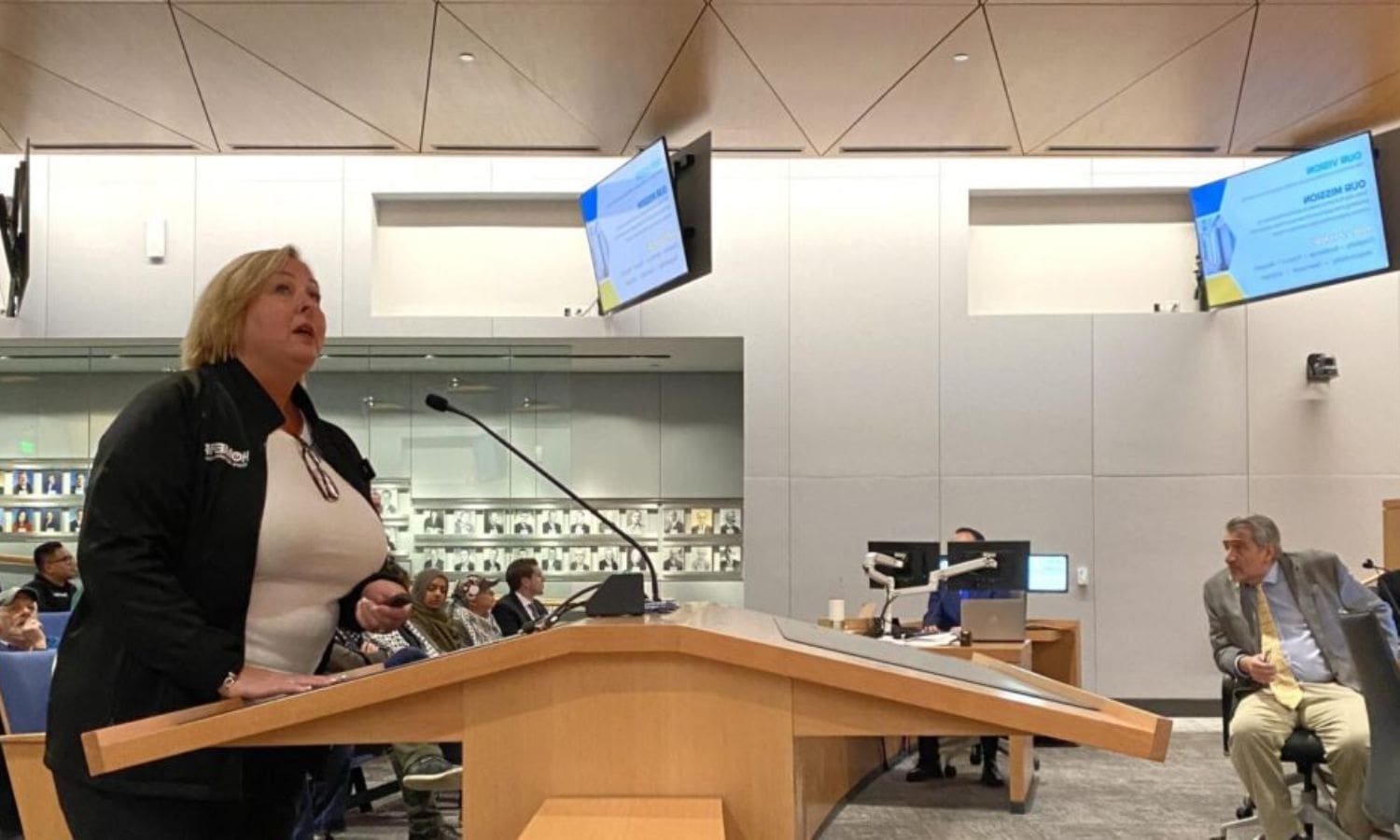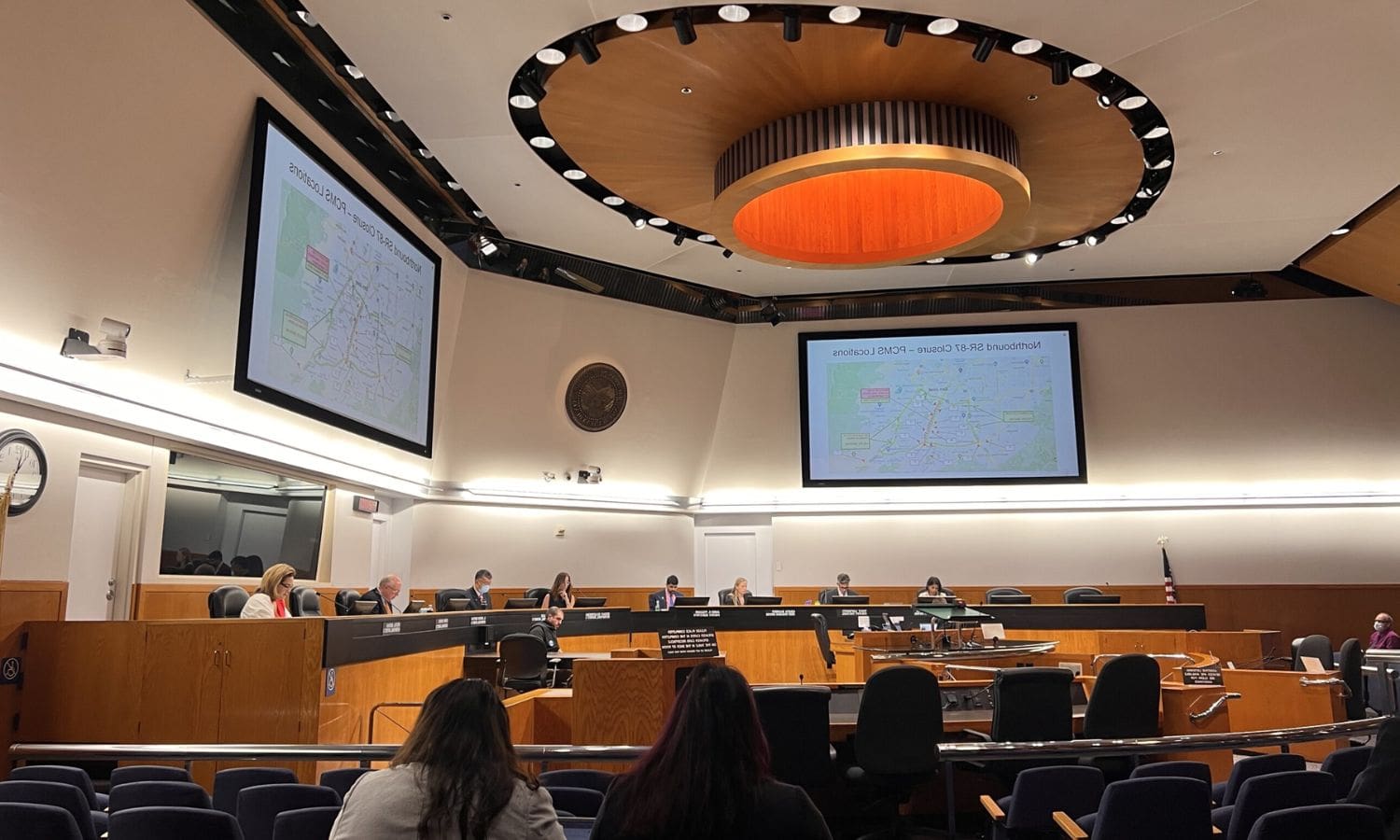Santa Clara County Board: The Santa Clara County Board has recently made a significant decision by approving a spending cap. This move aims to enhance fiscal responsibility and accountability within the county.
The decision-making process and voting dynamics behind this measure will be explored, along with the rationale for implementing such a cap.
Additionally, the article will highlight the special allocation for Districts 1 and 2, address budgetary challenges and concerns, and consider past attempts, criticisms, and future suggestions for improved financial management.
Key Takeaways Of Santa Clara County Board
- The Santa Clara County Board of Supervisors approved a $1 million spending cap per district with a 3-1-1 vote.
- The spending cap is driven by the principles of fiscal responsibility and accountability, aiming to curb unchecked spending and promote efficient allocation of funds.
- Districts 1 and 2 will receive an additional $2 million in funding to address higher needs, recognizing the unique challenges faced by these districts.
- The decision to approve the spending cap reflects the board’s efforts to balance budgetary challenges and ensure fair resource allocation.


Also Read: CSU Faculty Strike Concludes With San Jose State Faculty Returning to Work
Board Decision and Voting Dynamics
With a 3-1-1 vote, the Santa Clara County Board of Supervisors approved the implementation of a $1 million cap on community spending per district, revealing the board’s decision and voting dynamics.
The decision was supported by supervisors Susan Ellenberg, Sylvia Arenas, and Otto Lee, indicating a majority in favor of the spending cap. Supervisor Cindy Chavez, on the other hand, voted against the decision, representing economically challenged areas that may rely heavily on community spending.
The decision was not unanimous, as Supervisor Joe Simitian abstained from voting. This voting dynamic highlights the differing perspectives and considerations among the board members regarding the implementation of the spending cap.
The approved spending cap will have implications for how funds are allocated and distributed within each district, and it reflects the board’s approach to managing budget constraints.
Rationale Behind the Cap: Fiscal Responsibility and Accountability
The rationale behind implementing the spending cap in Santa Clara County is rooted in the principles of fiscal responsibility and accountability. The board’s decision to establish a cap on spending is driven by the need to curb unchecked spending in individual districts, especially during a time of economic uncertainty. By doing so, the board aims to promote fiscal responsibility by ensuring that funds are allocated efficiently and effectively.
The spending cap also fosters accountability by standardizing the process for nonprofit applications seeking community grants. This measure will prevent any misuse or wastage of funds, as it sets clear limits on spending and encourages organizations to prioritize their projects and allocate resources wisely.
Ultimately, the spending cap reflects the board’s commitment to responsible financial management and the responsible use of taxpayer dollars.
- Standardizing the allocation of funds for nonprofit applications
- Curbing unchecked spending in individual districts
- Promoting efficient and effective allocation of funds
- Preventing misuse or wastage of funds
- Encouraging organizations to prioritize projects and allocate resources wisely


Special Allocation for Districts 1 and 2
In response to identified higher needs, Districts 1 and 2 will receive an additional $2 million in funding, pending future deliberations. This special allocation aims to address the unique challenges faced by these districts and ensure that essential services are adequately provided.
The Santa Clara County Board recognizes the importance of supporting community-based organizations in delivering vital services to their residents.
To illustrate the significance of this special allocation, the following table provides a breakdown of the funding distribution for each district:
| District | Funding Allocation |
|---|---|
| District 1 | $1 million |
| District 2 | $1 million |
Addressing Budgetary Challenges and Concerns
To address the budgetary challenges and concerns, the Santa Clara County Board consistently emphasizes the need for fiscal responsibility and accountability in their decision-making process. In light of the projected deficit of $158 million by fiscal year 2024-25, the county departments are faced with the difficult task of making spending cuts.
To tackle these challenges and ensure effective financial management, the Board has implemented the following measures:
- Conducting regular audits to identify areas of potential cost savings.
- Exploring partnerships and collaborations with nonprofits to maximize resources.
- Prioritizing essential services and programs while considering potential cuts in non-essential areas.
- Encouraging efficiency and cost-effectiveness in all county operations.
- Seeking input and feedback from the community to make informed budget decisions.
Past Attempts, Criticisms, and Future Suggestions
During previous discussions on district spending, criticisms were raised regarding the equal cap proposed by Supervisor Ellenberg, which neglected the unevenly distributed needs throughout the county.
Organizations like HousingforAll Alliance and San Jose councilmembers argued that a one-size-fits-all approach fails to address the unique challenges faced by different districts.
Supervisor Lee has suggested a potential solution by proposing the flexibility for colleagues to reallocate unused spending to districts with greater needs. This dynamic approach could offer a more equitable distribution of resources across the county.
The decision to approve the spending cap reflects the board’s ongoing efforts to balance budgetary challenges while ensuring fair and accountable allocation of resources.


Conclusion Of Santa Clara County Board
The Santa Clara County Board has approved a spending cap in order to promote fiscal responsibility and accountability.
This decision comes after addressing budgetary challenges and concerns, and includes a special allocation for Districts 1 and 2.
Despite past attempts and criticisms, the board’s decision aims to ensure efficient use of funds and provide transparency in the allocation of resources.
Our Reader’s Queries
Q1. What is the budget deficit in Santa Clara County?
A. As the County gears up for the upcoming fiscal year, it grapples with a structural budget deficit of around $120 million, characterized by recurring expenditures surpassing recurring revenue.
Q2. What is the deficit in Santa Clara County?
A. During a recent council meeting, City Manager Jovan Grogan stated, “We will provide an update on the $9 million deficit in early 2024.” Grogan emphasized the team’s dedication to enhancing aging infrastructure and bolstering reserves. However, the budget falls significantly short, requiring an additional $600 million for essential facility upgrades.
Q3. What is the biggest cause of deficit spending?
A. In practical terms, the U.S. government is obligated to pay interest on the national debt. This interest expense adds to annual spending, contributing to a continuous rise in expenditures and, consequently, growing deficits as the overall debt expands.
Q4. What state has the highest deficit?
A. Marking a historic milestone, the current deficit in California stands as the largest in state history in terms of dollars. However, it’s worth noting that previous deficits, while not as sizable in absolute terms, have surpassed the current one as a percentage of the state’s overall spending. California’s existing budget has now surpassed $300 billion, solidifying its position as the largest among all states in the nation.

